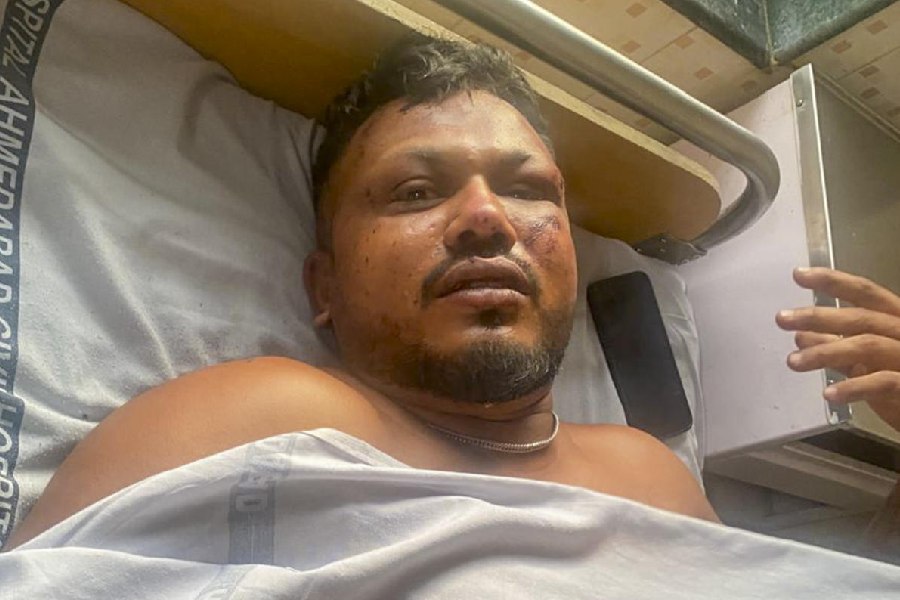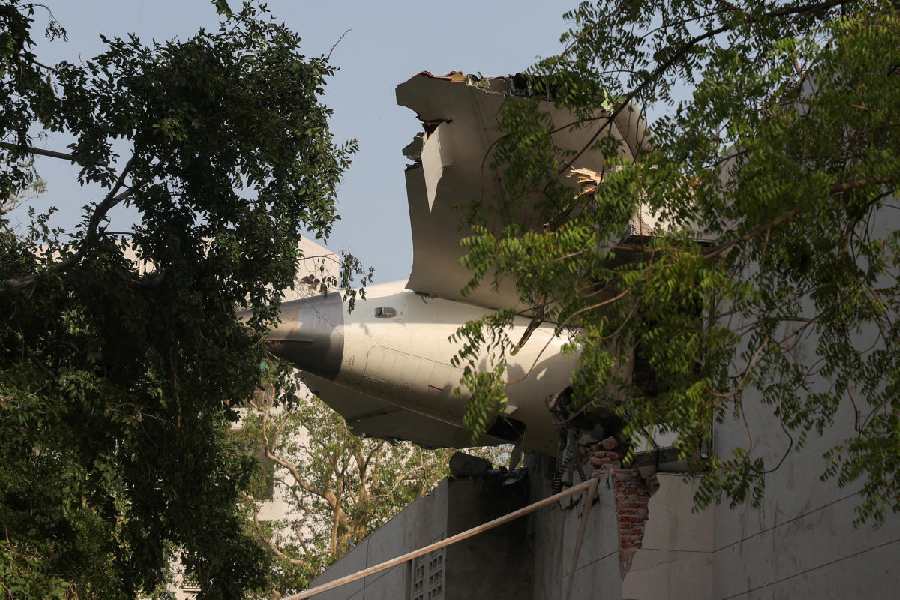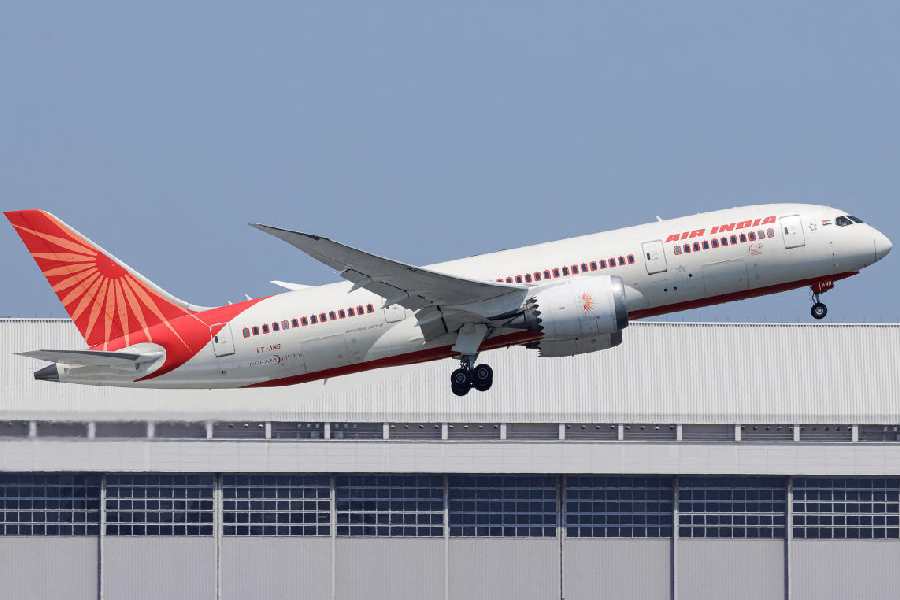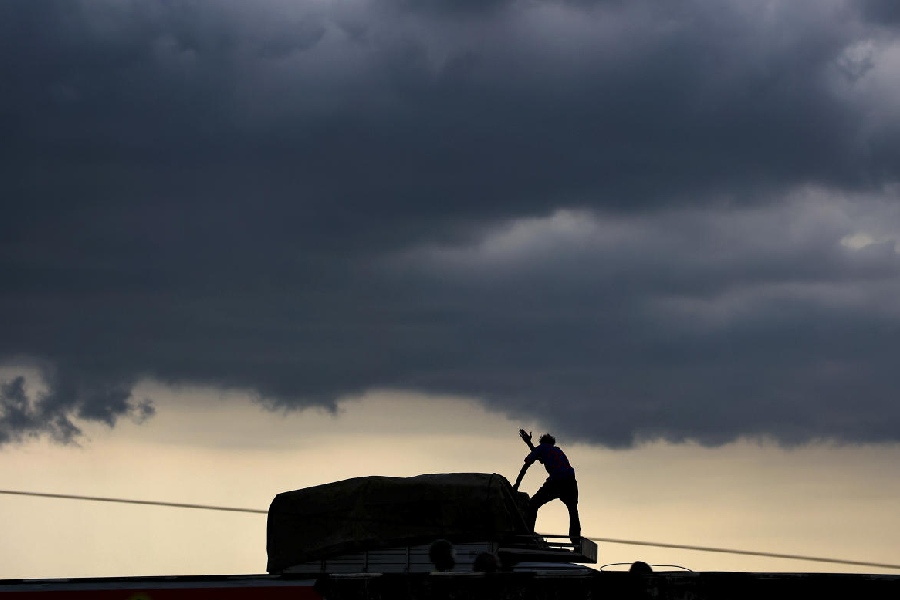Calcutta, June 18: A tough time lies ahead of the next mayor of Calcutta Municipal Corporation. From the state government and political parties to the common people, everyone would expect him to take the bull by the horns and come out with roaring success.
Because the arclights are now sharply focused on the CMC, it is no longer an organisation people can ignore and be indifferent to. Over the last five years, there has been a major shift in the civic body’s role in developing Calcutta.
The new mayor ? be it Bikash Bhattacharya, Ajit Panja or for that matter Subrata Mukherjee once more ? the task lying ahead certainly is a tall order.
Whoever is at the helm would have to continue with development work ? kick-started by Mukherjee ? at a faster pace, and be expected to utilise the huge volume of funds coming in.
While availability of funds is the basic constraint for the city’s overall development, proper and timely utilisation of funds for development available from different agencies is no less a problem for the CMC.
“People are getting accustomed to a better Calcutta? and it shouldn’t appear it was only meant for just five years,” says Tarun Chatterjee, who lives in Mukherjee’s ward in the Southern Avenue area.
Buddhadeb Bhattacharjee’s government has already taken up an image-building exercise to attract private investment to the state. And for this, the government wants pothole-free roads, flyovers, green belts, good-looking houses, and clean neighbourhoods for Calcutta.
It is for this that Calcutta needs a person who can help in building the city’s image by improving the overall infrastructure, quality of life and better civic amenities.
Bhattacharya, the CPM’s mayoral candidate, says: “If elected, I will focus on the slums, which is the most neglected aspect of the city. We have to improve basic infrastructure and civic amenities for bustees, especially drinking water and drainage.”
But offering better amenities for everyone is not a simple task because Calcutta’s population includes the middle class and upper middle class residents of colonies and poor slum dwellers.
Around 20 lakh lower middle class people live in over 5,000 slums, forming the single largest vote-bank in the city. There are also those who live in the city’s added areas ? Behala, Jadavpur and Garden Reach ?who aspire to get amenities similar to those enjoyed by the proper city.
“Whoever becomes the mayor will have to find answers to the fate of three VIPs ? residents of bustees, colonies and those who live as tenants,” Mukherjee says sarcastically. “They must pay for civic amenities.”











